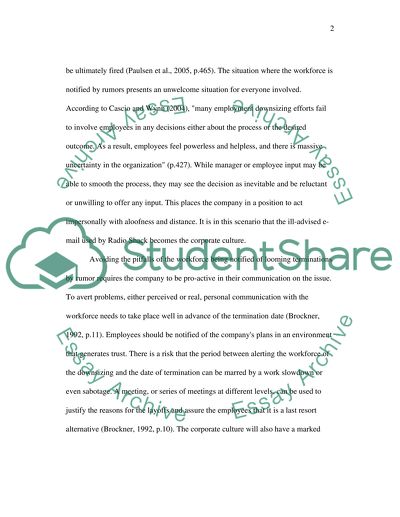Cite this document
(“Surviving Employees after Job Termination Essay”, n.d.)
Surviving Employees after Job Termination Essay. Retrieved from https://studentshare.org/miscellaneous/1533991-surviving-employees-after-job-termination
Surviving Employees after Job Termination Essay. Retrieved from https://studentshare.org/miscellaneous/1533991-surviving-employees-after-job-termination
(Surviving Employees After Job Termination Essay)
Surviving Employees After Job Termination Essay. https://studentshare.org/miscellaneous/1533991-surviving-employees-after-job-termination.
Surviving Employees After Job Termination Essay. https://studentshare.org/miscellaneous/1533991-surviving-employees-after-job-termination.
“Surviving Employees After Job Termination Essay”, n.d. https://studentshare.org/miscellaneous/1533991-surviving-employees-after-job-termination.


